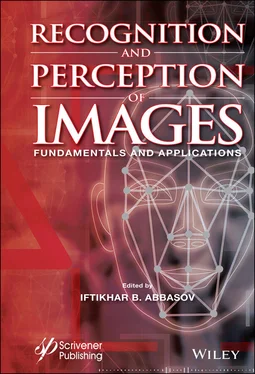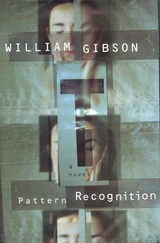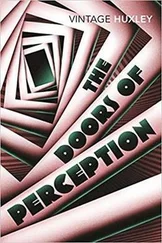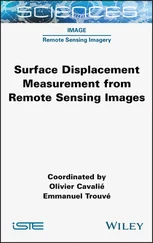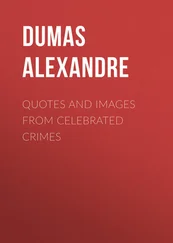Figure 1.2.24, at the top shows an example of an illustration based on the dark shades of red and green. These shades are difficult to see (also for the author of the chapter), especially in a small area of the image. I would like to note that also these shades have the same tonality in the gray version. In the center for distraction, contrasting shades of blue, yellow and white are shown.
Figure 1.2.24, below, is a color illustration, which in the gray version turns into a single-color image (horizontal strip). This emphasizes the important role of color vision in human life. By the way, the color of the adjacent areas of the image is induced on this gray strip, although it is just gray [Abbasov, 2013].
1.3 Perception of Figures and Background
The work of [Buhmann et al., 1999] is dedicated to the methods of recognition of image and scenes in case of computer vision. Our visual system can reconstruct the three-dimensional figures on the basis of a flat image. The computer vision requires not only the recognition algorithms. Additionally, it is necessary to consider the lighting, shadows and scene perspective. Our perception of the surrounding world allows us to exclude the ambiguities. It is offered to apply the gestalt rules of objects grouping to recognize the scenes at the computer vision in the work. The images are to be analyzed from the whole to the part at the initial level while finding out the connection and interaction of constituent parts. Thereafter, the analyzed information is specified and interpreted. Furthermore, the objects are classified and recognized.
The visual field surrounding us consists of objects of various shapes and colors; taking into account the distance, some overlap others, some are perceived as a figure, some as a background. From an evolutionary point of view, it is important for us to recognize the necessary object against the background of the environment [Shiffman, 2008], [Aliyeva, 2007]. Usually, out of two objects of the field of view, a region with a marked border is perceived as a figure; it is smaller in size, or differs in filling, and is located closer to the observer ( Figure 1.3.1) [Abbasov, 2019]. The fragments perceived as a figure contain for us more interesting information. Relationship figure and background can be perceived not only visually, but also in other sensory systems. For example, you can hear a bird singing in the background of street noise or a violin melody in the background of the sounds of the rest of the orchestra.
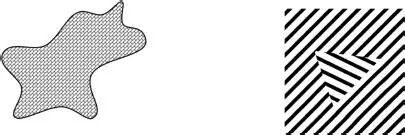
Figure 1.3.1 The combination of “figure-background”.
The process of perception of three-dimensional objects on the basis of photographs and paintings is in fact an illusion. Our visual system is adapted to the perception of the real world based on the signs of the depth and distance of the picture plane.
1.3.1 Dual Perception of the Connection “Figure-Background”
There are situations when the perception of the “figure-background” becomes ambiguous, dual ( Figure 1.3.2), such as when two objects that have common borders and are included in each other can be perceived as a figure, as well as a background. When viewing, usually at the very beginning, one of the elements is perceived as a figure, but soon it begins to appear as a background, especially when they are equal in size. A cross can be perceived as a figure with divergent rays; concentric circles become the background. But if you reorient yourself, the figure and the background will change places, the Flying Fish painting by the famous Dutch graphic artist Maurizio Escher becomes ambiguous [Escher, 1961].

Figure 1.3.2 Dual perception of background – figure combination.
1.3.2 Gestalt Grouping Factors
When analyzing the organization of perception processes, many phenomena can be explained with the help of Gestalt psychology, which emphasizes the important role of the relationship between the whole part and the discrete elements. When viewing the patterns presented in Figure 1.3.3– 1.3.5, one can observe the tendency of combining the elements of the pattern into different, mostly closed, rounded shapes [Abbasov, 2016]. Various options for combining elements arise spontaneously, spontaneously compete with each other, transform into other combinations.
According to the law of clarity of structure, our perception identifies, first of all, the most distinct geometric structures. According to the law of addition to a structural whole, clear, but not complete structures are always supplemented to a clear geometric whole. However, the described gestalt processes may depend on certain cultural conditions of the formation of a person. In some cultures, an open circle can be perceived as a “bracelet,” and an open triangle as an “amulet.” Consider the main gestalt factors determining the characteristics of grouping objects.
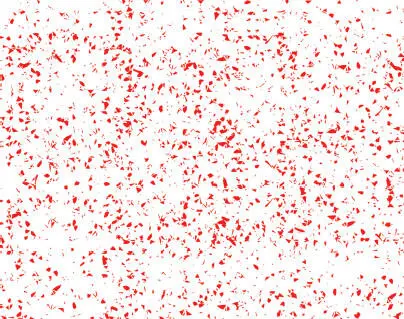
Figure 1.3.3 Chaotic pattern.
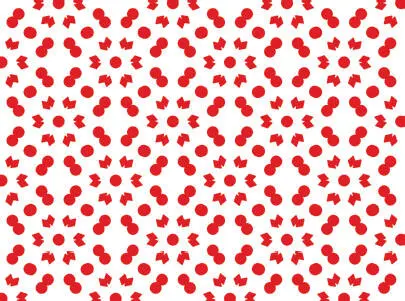
Figure 1.3.4Gestalt perception of the figure.

Figure 1.3.5 Pattern based on clear patterns.
Proximity factor.According to this proximity factor, objects can be grouped according to their location in space (or time), depending on the distance between them. In Figure 1.3.6the trees are grouped in pairs.
Similarity factor.Grouping on the basis of the similarity factor is presented in Figure 1.3.7. It seems to us that the same type of asterisks form vertical lines. The grouping factor based on proximity and similarity also operates the process of sound perception. Sounds following one after another in time can be perceived as a melody.

Figure 1.3.6 Proximity factor grouping.
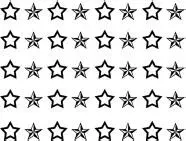
Figure 1.3.7 Similarity factor grouping.
The factor of the same type of communication.Under the grouping on the basis of the same type of communication understand the perception of a single structure, formed by physically interconnected elements. As an example of such a perception, Figure 1.3.8presents a set of asterisks connected in pairs with one-type lines.
Factor “good continuation”.Elements located along a single trajectory are perceived by us as a single whole along a single line. The “good continuation” factor is illustrated in Figure 1.3.9. Two intersecting curved lines are perceived as a curve going down (segment AB) and as a curve going up (segment CD). Although this figure can also be perceived as an image of sections of curves AD and CB.
Читать дальше
